Research Projects
Generative AI in Education
This $10M project is generously funded by the Learning Engineering Virtual Institute through leading philanthropic foundations in education. AI-augmented Learning by Teaching to Enhance and Renovate Math Learning (ALTER-Math) is a Large Language Model-powered AI system that simulates fictional students with realistic educational needs, then asks real students to tutor them. The highlighted originality of ALTER-Math is that it catalyzes a paradigm shift, moving beyond the current focus on constructing superior AI to guide learning, and embracing the potential of interactive and enjoyable AI that motivates and engages students to support their learning. While AI is yet to be a superior teacher, it is already an excellent student. Check our demo video.
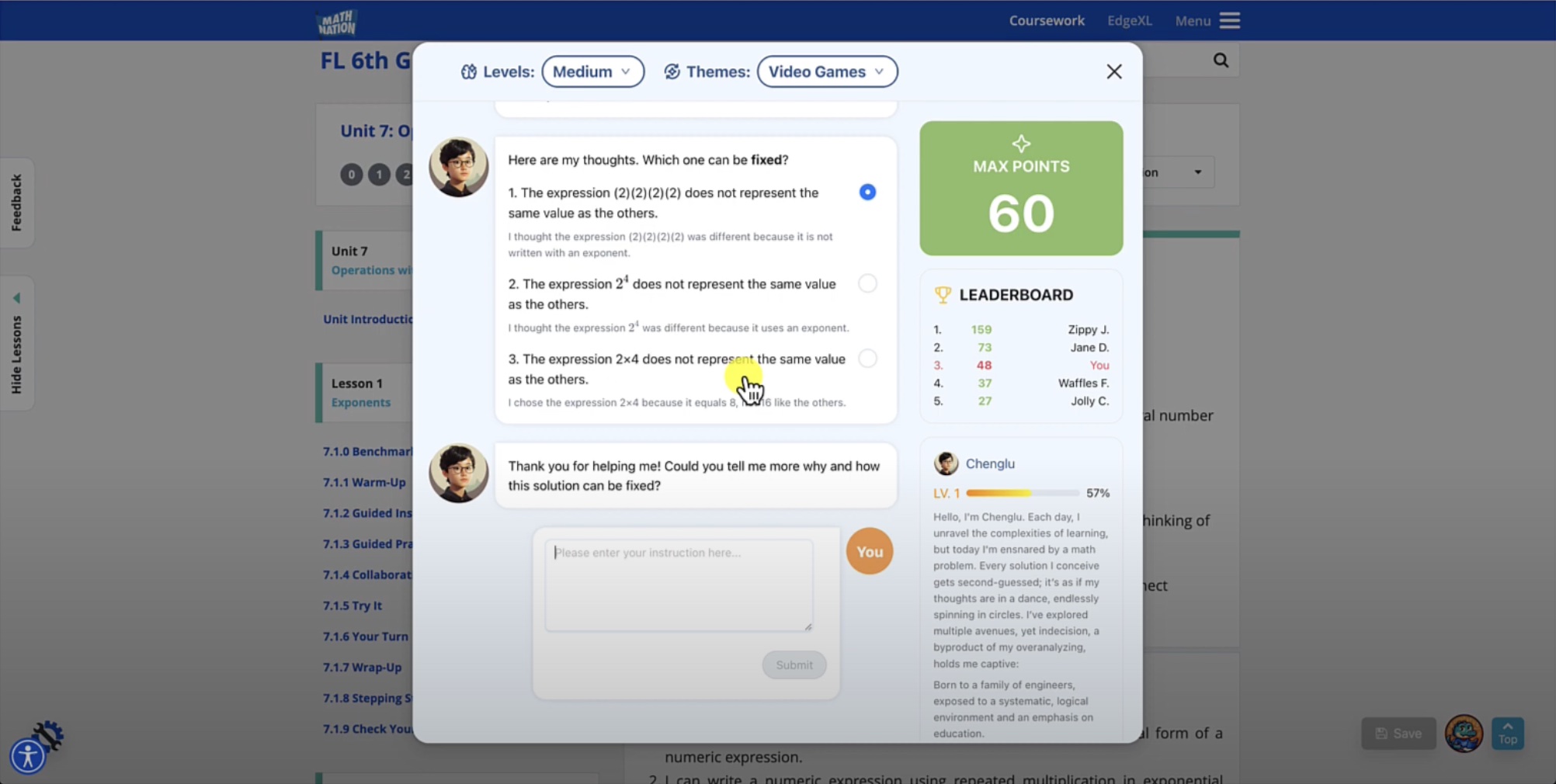
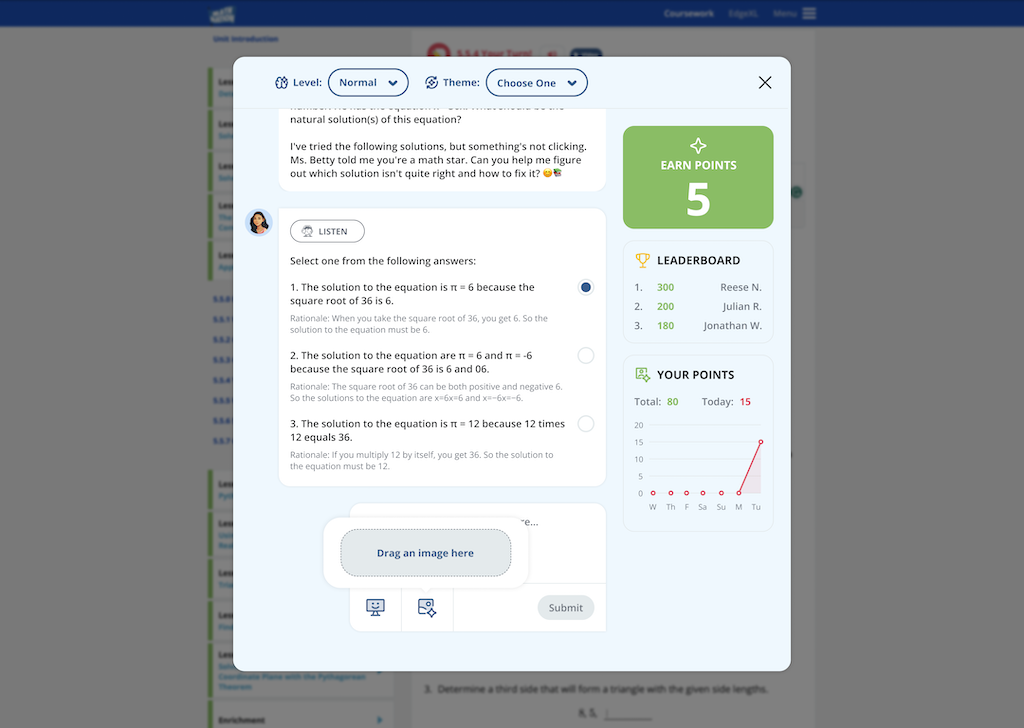
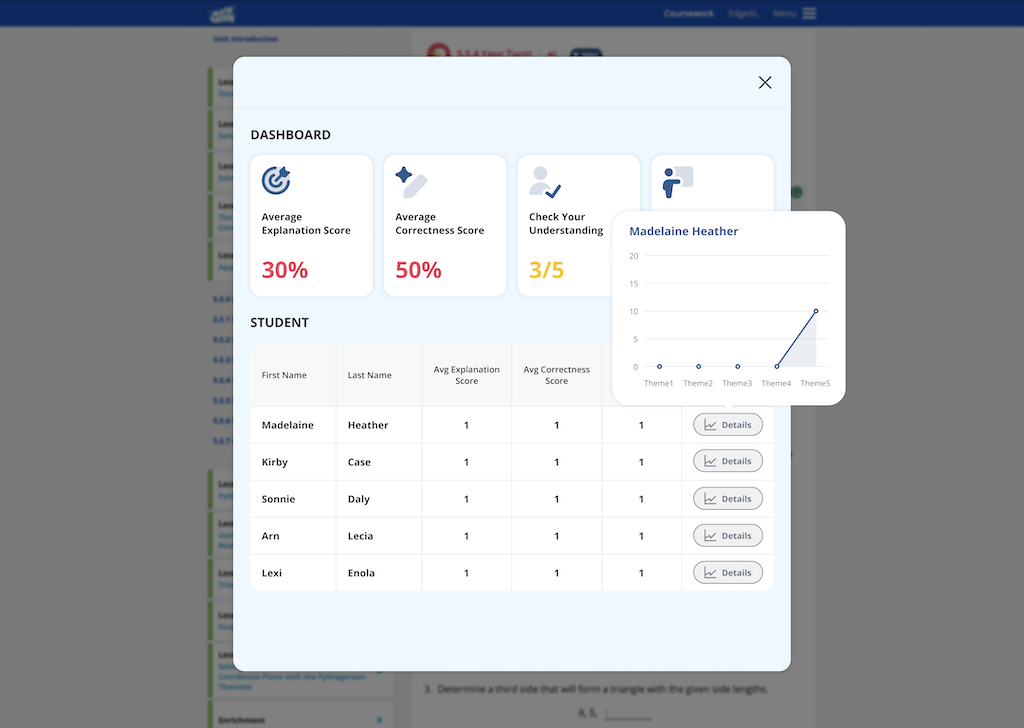
Relevant publications
Several papers are currently under review.
Generative AI in Education
AI Recomender for Flamingo
This project is generously funded by Helios Education Foundation. The recommender system is embedded in a teachers' professional learning platform with more than 10,000 users, Flamingo. There are two components in the system: (1) a hybrid recommender system that recommends courses to take and (2) a semantic matching system that recommends videos and readings based on participants' quiz answers. The hybrid recommendation system consists of three deep learning based filtering algorithms: i) knowledge-based filtering that resembles an expert system, where information is filtered based on content experts’ opinions on learning paths of users with different goals (e.g. professional development, earning credentials, or content review); ii) content-based filtering that incorporates manually created metadata of users (e.g. learning styles) and learning resources (e.g. categories, difficulty, and etc.), as well as the current user’s previous actions; and iii) collaborative filtering recommends by calculating metrics (e.g. similarity) from other users’ prior actions. The semantic matching system utilizes bidirectional encoder representations from transformers (BERT) to infer potential learning videos and materials based on users’ quiz answers.
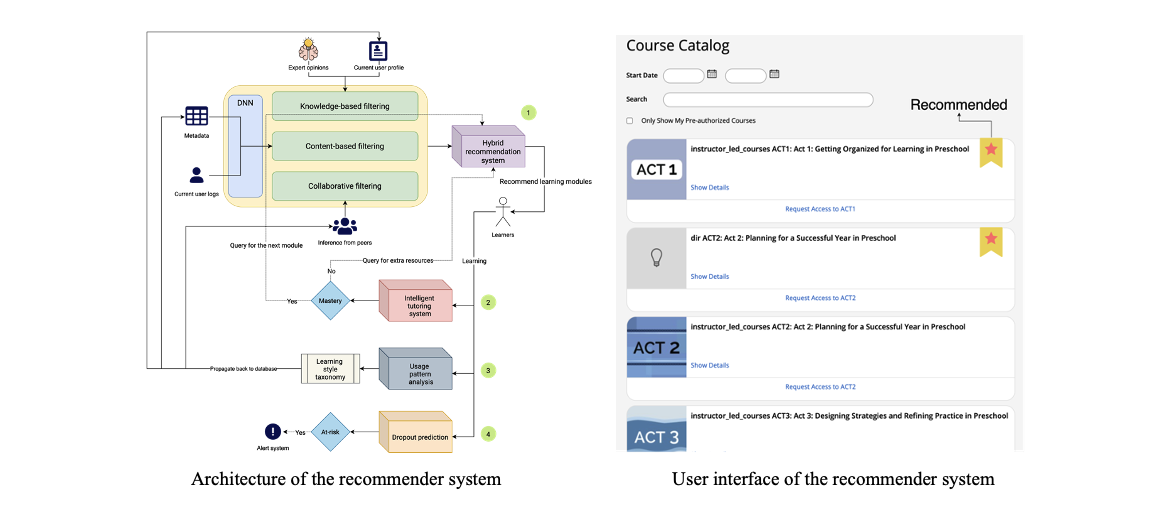
Relevant publications
Check out later
AI Recomender for Flamingo
AI Cyberinfrastructure
This project is partially funded by the Schmidt Family Foundation. Advancements in algorithms and computing infrastructure have pushed the limits of AI. The open-source ethos in the AI research community has further expedited the progress of AI not only due to effective communications among researchers but also as a result of its ability to search for more robust solutions based on prior findings. The recent breakthrough of deep learning, particularly the transformer architecture, has continuously revolutionized AI. The transformer architecture suggests the possibility of using pre-trained deep learning models to democratize human intellect and computing power. Numerous research and studies have suggested that models, even those with limited training data, can benefit from pretrained models. However, the existing gigantic transformers focus on contexts such as business (e.g., Self-driving cars) and medicine (e.g., AlphaFold). Few researchers in education have provided such infrastructure for the learning engineering community. To our knowledge, no one has yet spent the money and time to train a new transformer-based NLP model that tries to customize these models to be more applicable to K12 use. Therefore, this project aims to create AI cyberinfrastructure with deep learning to support learning engineering research and development. That is, it plans to provide open-sourced software packages powered by gigantic pre-trained deep learning language models (with billions of parameters) for learning engineering. You can find some of our open-sourced models and algorithms here. You can find some of our open-sourced models and algorithms here using HiPerGator Supercomputing. Checkout the usage video of HiPerGator for training process.
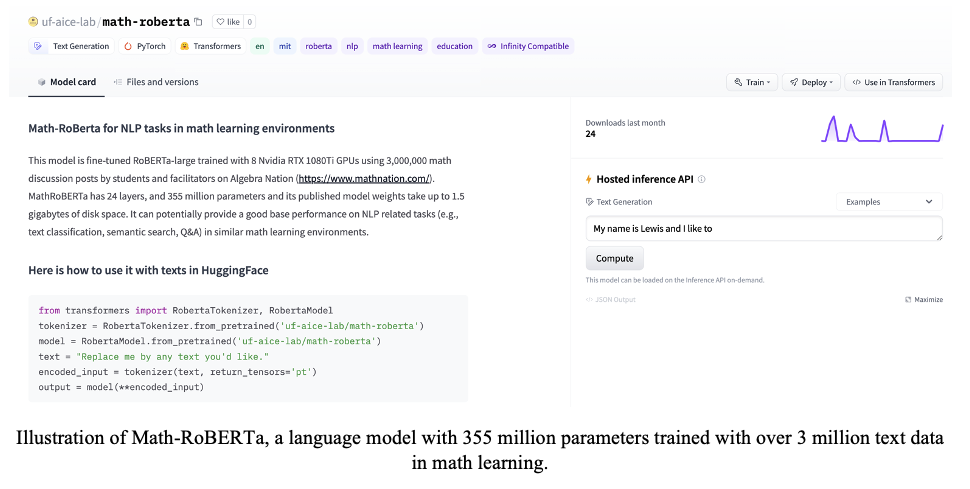
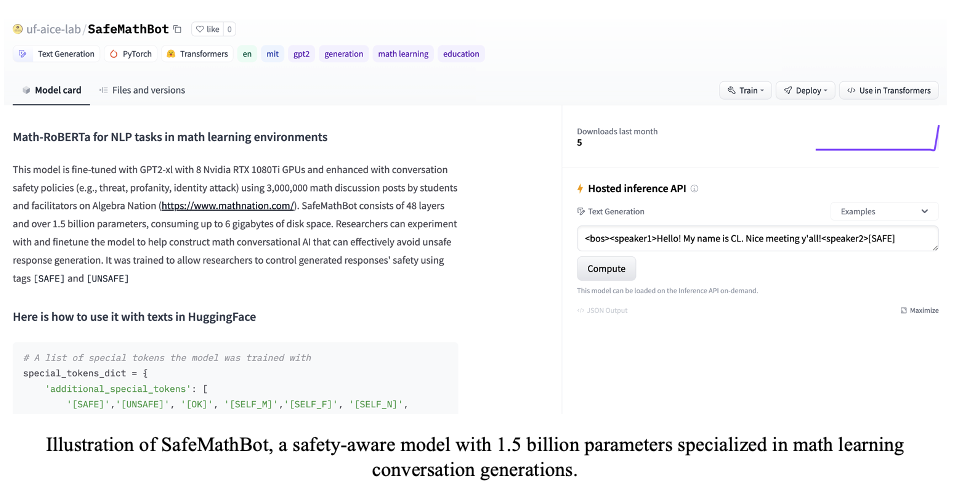
AI Cyberinfrastructure
Game Analytics
iSocial is a U.S. Department of Education funded i3 project. It is a design-based research project to construct a 3D collaborative virtual learning environment (3D CVLE) for teaching social competence to youth with Autism Spectrum Disorders (ASD). Incorporated the Social Competence Intervention based on a framework of Cognitive Behavioral Intervention: SCI-CBI, iSocial is to improve the social behavior of youth with autism in both virtual and natural settings. Immersive simulation such as in 3D virtual environments is increasingly being viewed as an enabling technology that transcends traditional educational boundaries and allows individuals to acquire the competencies needed for educational settings. Collaborative learning in 3D virtual world has shown significant growth in supporting groups of learners in the complex and highly interactive simulations. The potential benefits of using a 3D game-based virtual environment to teach social competence for autistic youth include engaging distant learners in the game-based role-playing learning activities and fostering social interactions among avatar mediated learners in a simulated, curriculum-enriched environment without suffering real-world consequences and in some formats without trying the patience of their peers or teachers. This project aims to study how 3D game-based virtual environments can be used to help autistic youth learn and how autistic youth learn in such an environment.
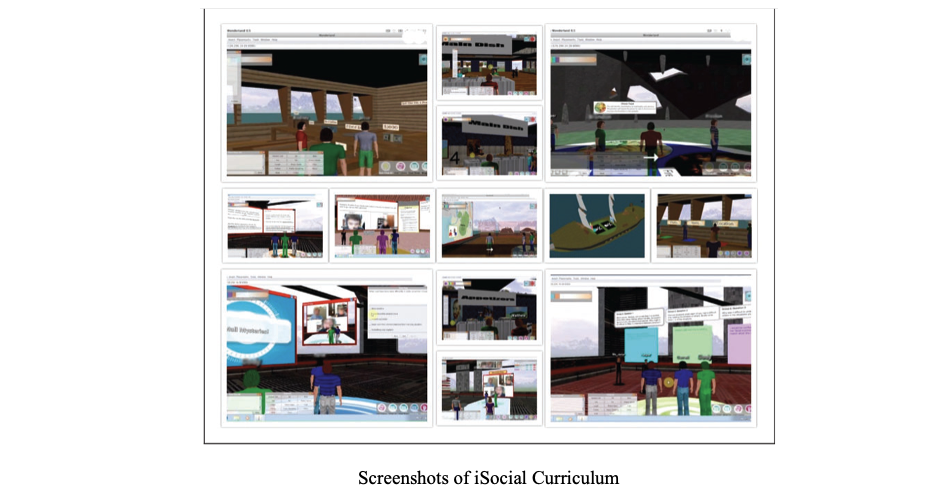

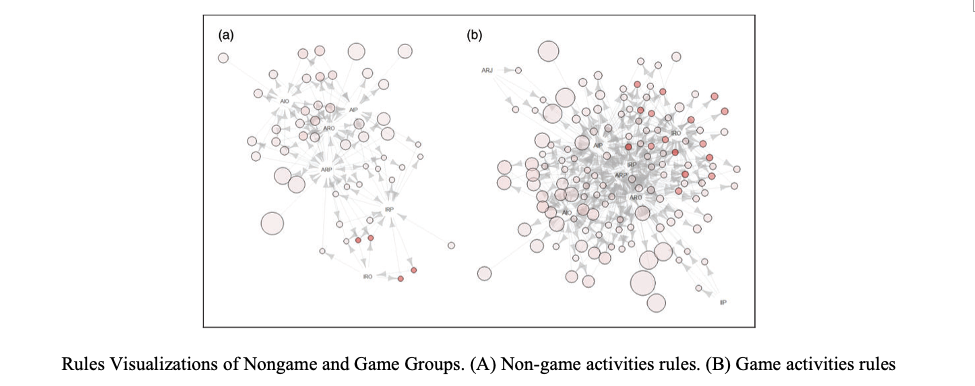
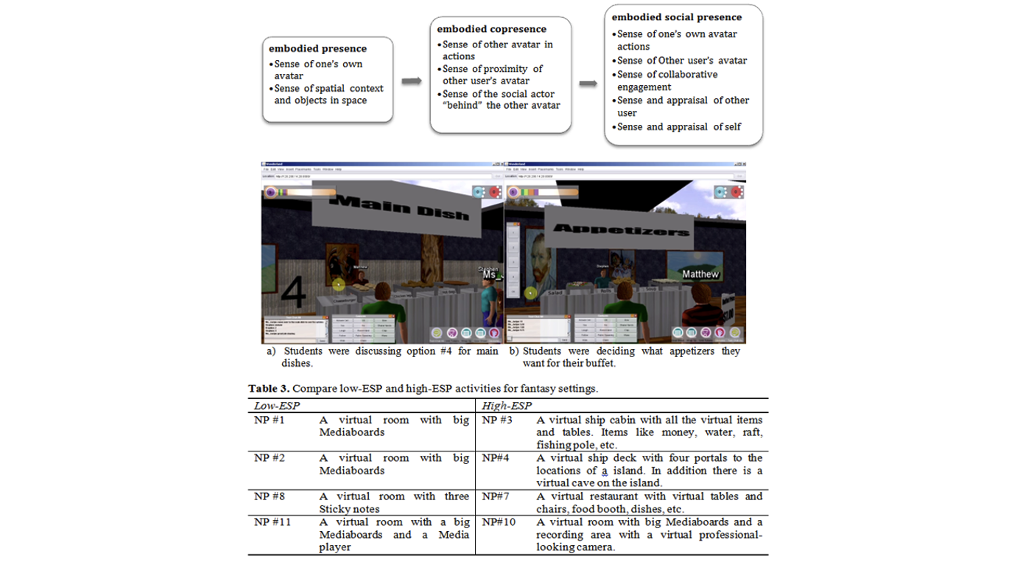
Relevant publications
- Wang, X., Laffey, J., Xing, W., Ma, Y., & Stichter, J. (2016). Exploring embodied social presence of youth with Autism in 3D collaborative virtual learning environment: A case study. Computers in Human Behavior, 55, 310-321.
- Wang, X., Laffey, J., Xing, W., Galyen, K., & Stichter, J. (2017). Fostering verbal and non-verbal social interactions in a 3D collaborative virtual learning environment: a case study of youth with Autism Spectrum Disorders learning social competence in iSocial. Educational Technology Research and Development, 65(4), 1015-1039.
- Wang, X., & Xing, W. (2018). Exploring the influence of parental involvement and socioeconomic status on teen digital citizenship: A path modeling approach. Journal of Educational Technology & Society, 21(1), 186-199.
- Wang, X., Xing, W., & Laffey, J. M. (2018). Autistic youth in 3D game‐based collaborative virtual learning: Associating avatar interaction patterns with embodied social presence. British Journal of Educational Technology, 49(4), 742-760.
- Wang, X., & Xing, W. (2021). Supporting youth with autism learning social competence: A comparison of game-and nongame-based activities in 3D virtual world. Journal of educational computing research, 07356331211022003.
Game Analytics
Learning Analytics for Engineering Design
This project is generously funded by an NSF (EHR CORE Research Subcontract). Practicing science is one of the most important goals of K-12 engineering education, which is now part of the Next Generation Science Standards. This project is delving into large quantities of process data to systematically identify bottlenecks in design processes that pose difficulties for students to apply science. Large learner datasets are being collected from over hundreds of students in Indiana and Massachusetts through automatic, unobtrusive logging of student design processes enabled by a unique CAD tool that supports the design of energy-efficient buildings using thermodynamics and heat transfer concepts. We have conducted a series of data mining studies in connecting with learning sciences theories to better understand students’ engineering design processes and its interaction with their science knowledge and performance.
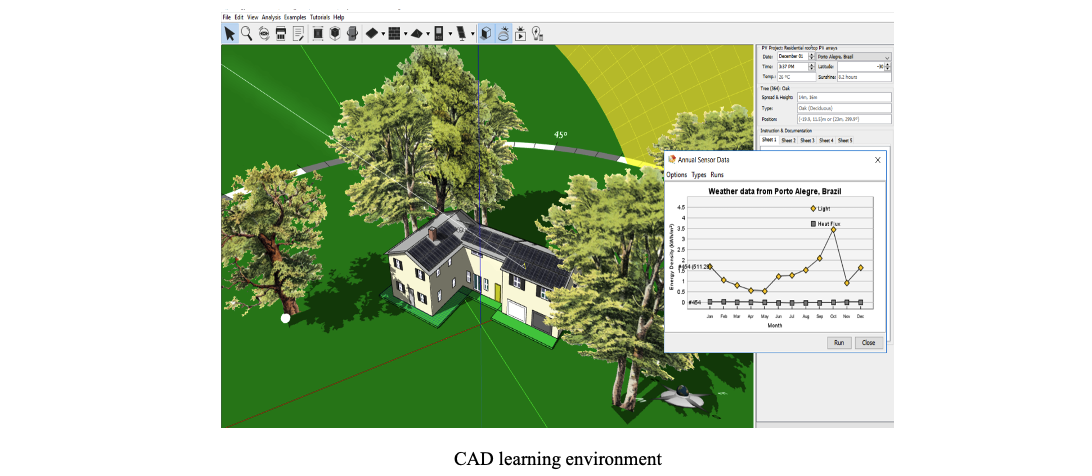

Relevant publications
Xing, W., Pei, B., Li, S., Chen, G., & Xie, C. (2019). Using learning analytics to support students’ engineering design: the angle of prediction. Interactive Learning Environments, 1-18.
Zheng, J., Xing, W., Zhu, G., Chen, G., Zhao, H., & Xie, C. (2020). Profiling self-regulation behaviors in STEM learning of engineering design. Computers & Education, 143, 103669.
Li, S., Chen, G., Xing, W., Zheng, J., & Xie, C. (2020). Longitudinal clustering of students’ self-regulated learning behaviors in engineering design. Computers & Education, 153, 103899.
Li, S., Du, H., Xing, W., Zheng, J., Chen, G., & Xie, C. (2020). Examining temporal dynamics of self-regulated learning behaviors in STEM learning: A network approach. Computers & Education, 158, 103987.
Zheng, J., Xing, W., Huang, X., Li, S., Chen, G., & Xie, C. (2020). The role of self-regulated learning on science and design knowledge gains in engineering projects. Interactive Learning Environments, 1-13.
Huang, X., Xing, W., Zhao, H., Chao, J., Schimpf, C., Chen, G., & Xie, C. (2020). Understanding Science Learning Through Writings on Engineering Design.
Zhu, G., Zeng, Y., Xing, W., Du, H., & Xie, C. (2021). Reciprocal Relations Between Students’ Evaluation, Reformulation Behaviors, and Engineering Design Performance Over Time. Journal of Science Education and Technology, 30(5), 595-607.
Learning Analytics for Engineering Design
LogicDS
LogicDS is a recently NSF DRK-12 funded project. Data science is an interdisciplinary subject driven by real-world applications and builds on foundations in computing, math, and statistics. It provides excellent opportunities, not only for high school students to prepare their future careers, but also to develop college-ready STEM competencies. However, these opportunities are still inaccessible to the vast majority of students, particularly those from rural communities, because of the complexity of the overlapping disciplines from mathematics, statistics to computer science and the lack of flexible and reliable learning and teaching resources. We propose an innovative approach to integrating the foundations of data science into one course, named as LogicDS using mathematical logic. Mathematical logic provides a language for us to develop precise definitions of statistics concepts to explicate the logic and reasoning underlying these concepts, and thus promote deeper sense making and reasoning. Furthermore, the learning activities will be contextualized in developing computer models to explore real-world problems using datasets of the United Nation Sustainable Development Goals (SDGs). The LogicDS course will be amplified to reach students of rural communities by our partnership with Florida Virtual School (FLVS), a leader in online K-12 education. FLVS’s effective online teaching and learning practices, augmented by personalized learning, provide equal opportunities for data science learning for anyone at anytime from anywhere.
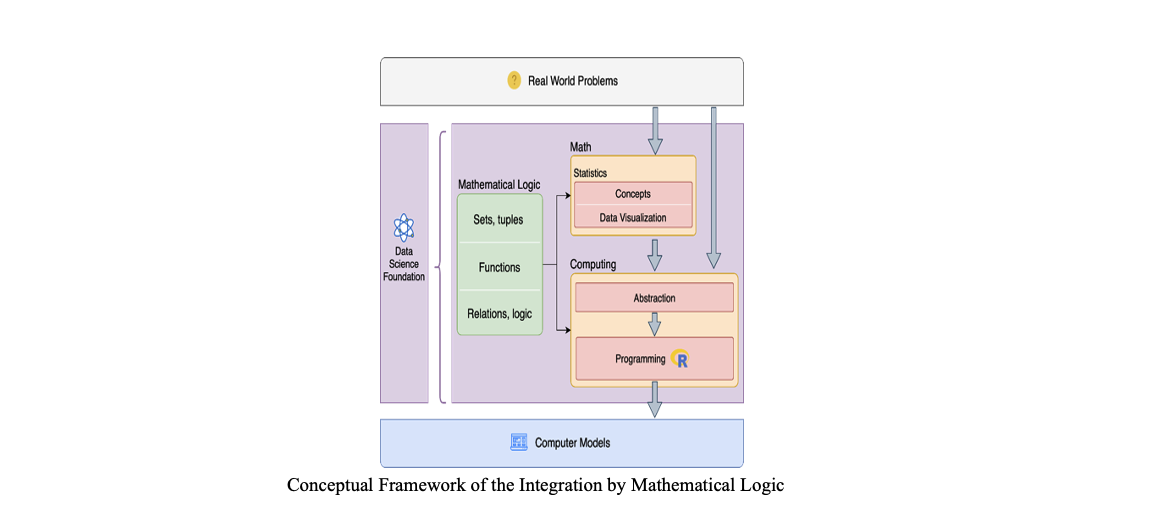
Relevant publications
Check out later
LogicDS
MFlow
MFlow is a flow-based programming language for making music and sound compositions. You can drag blocks of sound into the screen, put sound recordings in them, connect them with arrows to create sequences, loop them to create rhythms, and manipulate them in many different ways. You will find that coding and music making can go very good together. With a larger population of teachers and students the project will study how the revised flow based music programming platform is perceived and used by students and teachers, and where scaffolds are needed; how flow-based music programming influences teachers' dispositions towards CS and interest in adoption of CS activities in the classrooms; and how flow-based music programming influences students learning of CS and interest in CS careers. This is a fourth grade curriculum aligned with science standards, developed in collaboration with the Chula Vista Unified School District . See the tutorial to know how to use MFlow.
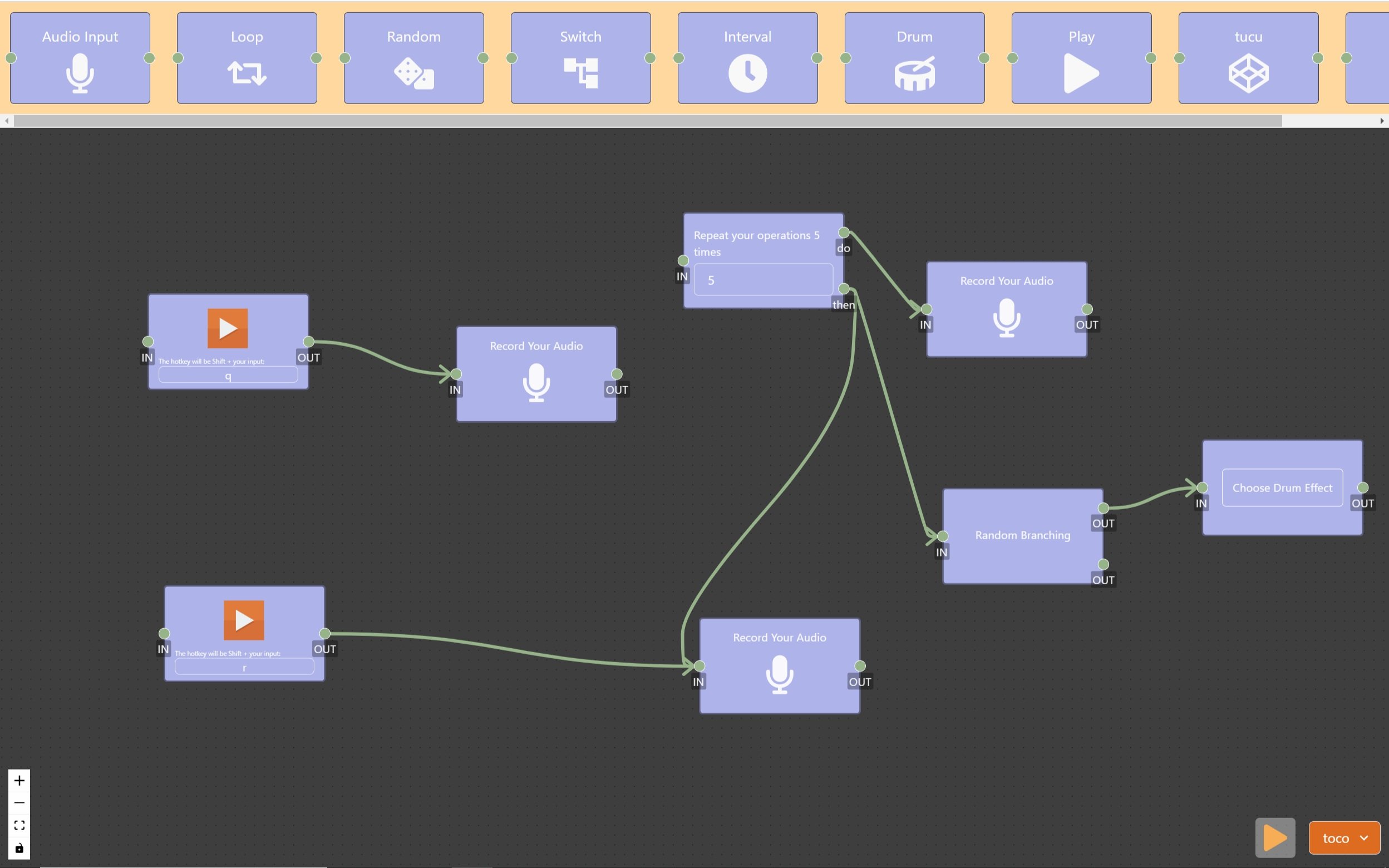
Relevant publications
Yukyeong Song, Wanli Xing, Alec Barron, Hyunju Oh, Chenglu Li, & Victor Minces. (2023, June). M-flow: a Flow-based Music Creation Platform Improves Underrepresented Children’s Attitudes toward Computer Programming. In Proceedings of the 22nd Annual ACM Interaction Design and Children Conference (IDC '23)(pp. 233-238). Association for Computing Machinery, New York, NY, USA.
Victor Minces, Wanli Xing & Chenglu Li (2023, March). Work in Progress: Mflow, a Flow-based Music Programming Platform for Young Children. In Proceedings of the 2023 IEEE World Engineering Education Conference (EDUNINE)(pp. 1-4). IEEE, Bogota, Colombia.
MFlow
LPK12
This project is generously funded by NSF STEM+C. This exploratory project examines and assesses the effectiveness of a Logic Programming (LP) approach to integrate computing into middle school science education. Researching LP as a strategy to integrate computing into STEM offers an interesting and viable approach for the STEM + C field. While LP is not a new programming approach, it is under-explored in the STEM + C field where the focus is more on visually-based programming such as block-based programming (e.g., Scratch). Through logic programming, students will learn to represent STEM subject-matter knowledge in an explicit and precise manner, while practicing critical thinking and logical reasoning, and developing computer models based on scientific investigation and problem-solving. A key advantage of LP is in its simplicity and generalizability, and this project will provide valuable information about its effectiveness for STEM content area curriculum development. More about this project:https://education.ufl.edu/stem-c/
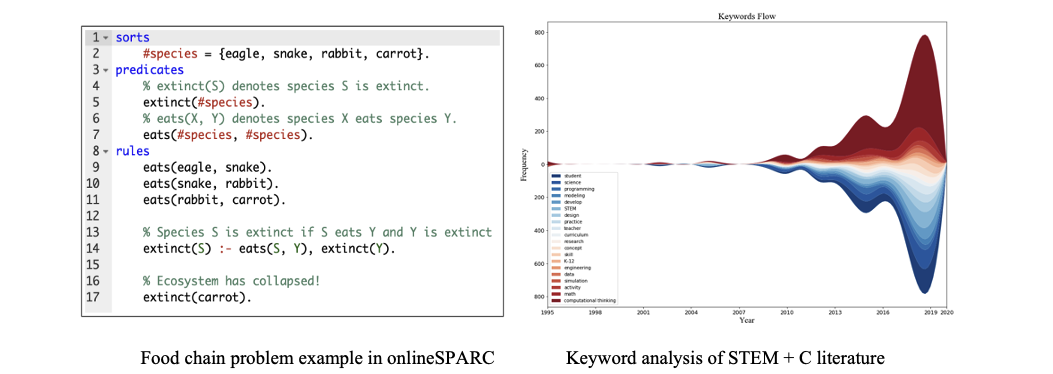
Relevant publications
Nguyen, V. T., Zhang, Y., Jung, K., Xing, W., & Dang, T. (2020, January). VRASP: A Virtual Reality Environment for Learning Answer Set Programming. In International Symposium on Practical Aspects of Declarative Languages(pp. 82-91). Springer, Cham.
Du, H., Xing, W., & Zhang, Y. (2021, June). A Debugging Learning Trajectory for Text-Based Programming Learners. In Proceedings of the 26th ACM Conference on Innovation and Technology in Computer Science Education (ITiCSE) V.2(pp. 645-645).
Du, H., Xing, W., & Pei, B. (in press). Automatic Text Generation Using Deep Learning: Providing Large-Scale Support for Online Learning Communities. Interactive Learning Environments. doi: 10.1080/10494820.2021.1993932 (Partially supported)
Du, H., Xing, W., Pei, B., Zeng, Y., Lu, J., & Zhang, Y. (2022, April). Trends and Issues in STEM + C Research: A Bibliometric Perspective. In Proceedings of the 14th International Conference on Computer Supported Education (CSEDU)(Vol. 1, pp. 69-80).
Hansen, Z., Du, H., Eckel, R., Lugo, J., Xing, W., & Zhang, Y. (2022, August). A Preliminary Data-driven Analysis of Common Errors Encountered by Novice Answer Set Programmers. In the Technical Communication Proceedings of the 38th International Conference on Logic Programming (ICLP).
LPK12
Project SPACE
This project is generously funded by NSF iTEST. Spatial skills are defined as the ability to perceive, retrieve, visualize, and mentally transform the static and dynamic visual information of objects and their relationships. This ability helps people to abstract key visual and spatial information from distracting backgrounds, to transform 2D information into 3D or vice versa, to navigate a given environment or to visualize a new setting. Research shows that spatial skills are important predictors of long-term achievement and attainment in Science, Technology, Engineering, and Mathematics (STEM). Computational thinking refers to the thought processes in expressing solutions as computational steps or algorithms that can be carried out by an information-processing unit, or computer. Computational thinking often involves the practices of extracting the essence of a complex problem (abstraction), dissecting the problem into manageable and functional parts (decomposition), and designing and evaluating logical and ordered instructions for rendering a solution to the problem (automation and analysis). We bring together a team of scientists, educational technologists, and career development experts for this project to create an innovative learning experience and suitable technologies to foster upper elementary school Latinx students’ spatial computational thinking skills, as well as to raise upper elementary school Latinx students’ awareness of computationally-intensive careers, and interest and self-efficacies in computing and engineering.

Relevant publications
Check out later
Project SPACE
Infrared Explorer
This project is in collaboration with Institute of Future Intelligence with support from the NSF AISL program. Heat and temperature are closely related to daily life, upon which concepts and principles of thermodynamics are the foundation for the natural sciences of physics, chemistry, and biology. However, physics of heat have been identified as a notoriously difficult concept that confuse students. This project focuses on the design and development of a mobile app, Infrared Explorer (IE), to better support students’ learning with thermodynamics. IE organically integrated physical experiments and virtual tools and utilized thermal imaging powered by FLIR ONE Pro thermal camera and its software development kit (SDK). This thermal camera provides images rendered with color heatmap to serve as direct indicators on temperature differences. Meanwhile, IE was developed with a series of tools (e.g., thermometer reading, real-time graphing, recording, etc.) to support students’ scientific inquiry either by following our expert-designed curriculum or conducting their own experiments.

Relevant publications
Two papers are currently under review at Computers & Education and Education and Information Technologies.
Infrared Explorer
Conversational AI
This project is generously funded by IES VLL (Virtual Learning Lab), UF AI Catalyst, and UFII Seed Grant. To efficiently and effectively address students' low level of participation in online collaborative learning at a large scale, researchers have adopted learning design principles with learning analytics. A promising approach in automatically supporting students' online collaboration are conversational AI (ConvAI). ConvAI and chatbot are two terms often used interchangeably, which are defined as human- developed software powered by natural language processing techniques (NLP) to spontaneously respond to human languages. There are two distinct ways of constructing ConvAI. The first is a rule-based agent that requires manual engineering with classical NLP methods, and the other uses AI to generate responses with automatic data-driven inferences. This project aims to investigate and develop ConvAI using deep learning to support students with human-like, supportive, and safe texts automatically. Specifically, we have examined giant deep learning models with hundreds of millions and even billions of parameters to provide conversational support to students.
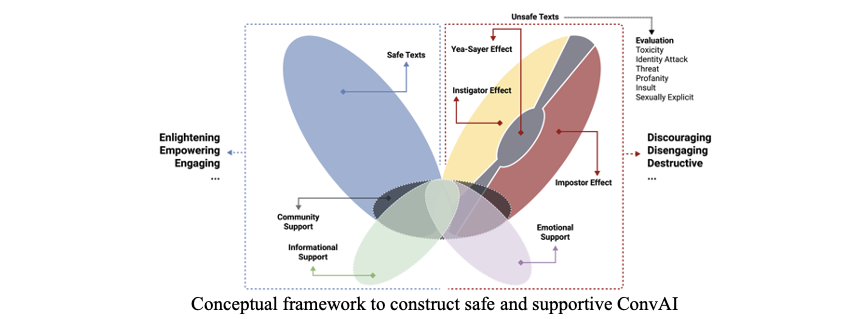
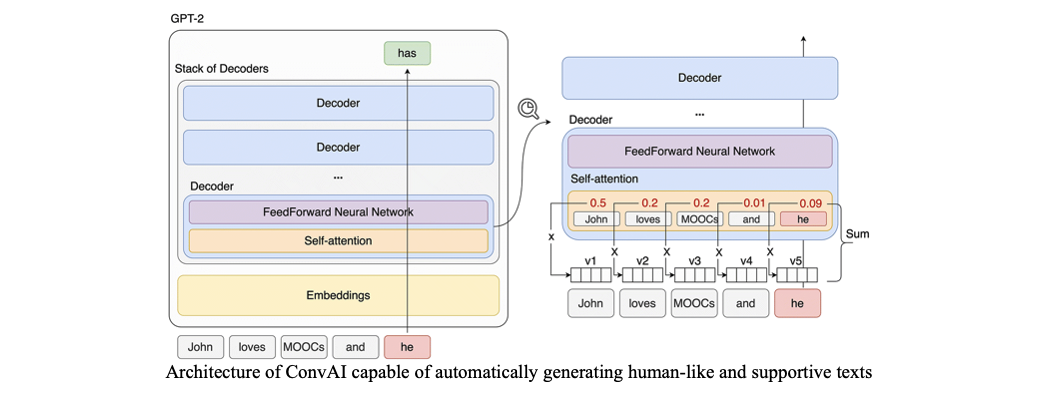
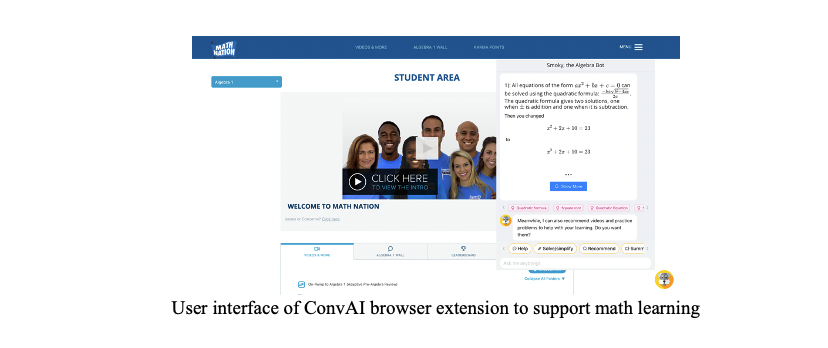
Relevant publications
Check out the papers published in British Journal of Educational Technology, Interactive Learning Environments, and International Journal of Artificial Intelligence in Education..
Conversational AI
Learning Analytics Dashboard
This project is about exploring Fairness, Accountability, and Transparency (FAccT) AI in Education. To support the FAccT AI research in online learning environment, this research aims to help researchers better understand students’ learning patterns, improve their awareness of ethical issues in AI applications, and build better FAccT AI applications in education even without strong programming experience. We designed and developed a no-code visual analytic platform to present the learning information and decision-making processes that are otherwise unobservable. With this platform, researchers are able to examine students’ learning process in a finer granularity, interact AI algorithms’ decision-making processes, and explore potential fairness issues, and build better FAccT AI applications in their contexts.
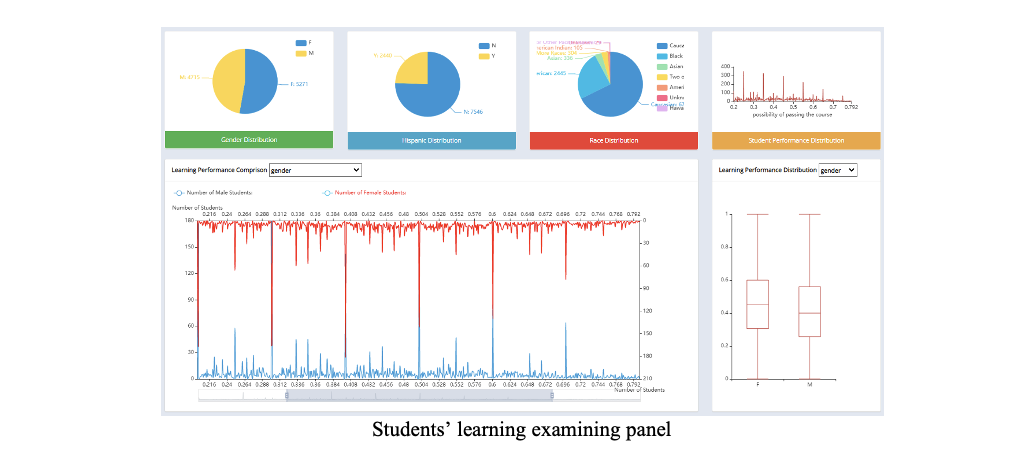
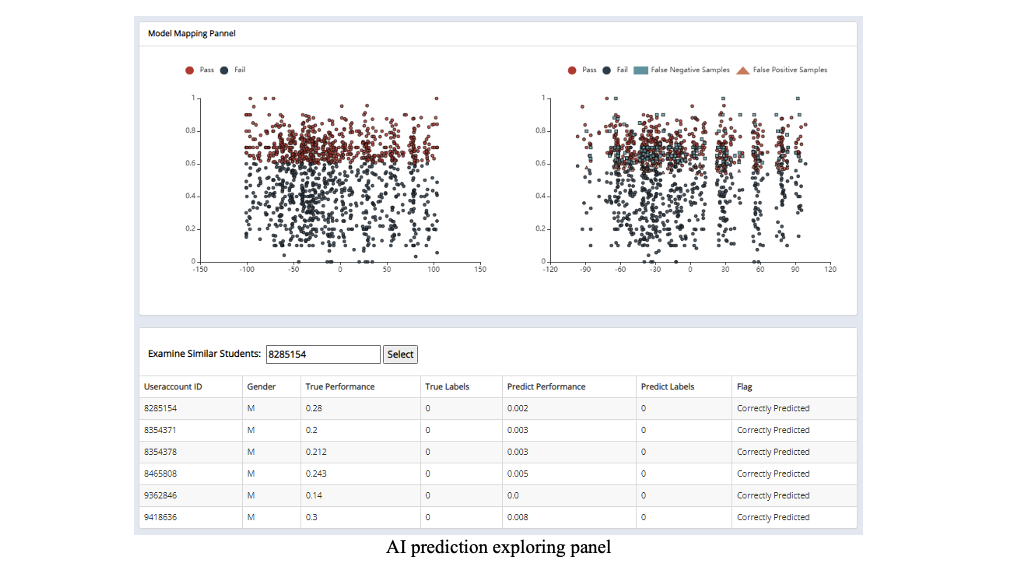
Relevant publications
A dissertation is written to describe the platform.
Learning Analytics Dashboard
Writen scientific argumentation
High Adventure Science: Earth Systems and Sustainability is an NSF DRK-12 project to develop online modules for middle school and high school students in Earth and Space Science classes, testing the hypothesis that students who use computational models, analyze real-world data, and engage in building scientific reasoning and argumentation skills are better able to understand Earth science core ideas and how humans impact Earth's systems. I engaged in this project particularly for designing and developing data mining approaches for students’ written scientific argumentation to automatically provide information and feedback to teachers and students. It includes automated scoring, automatically discover the underlying topics, the role of graph in scientific argumentation through image processing, automatically detect students’ mechanistic account of the phenomena and depict students’ mental models. Check out the High Adventure Science live system.
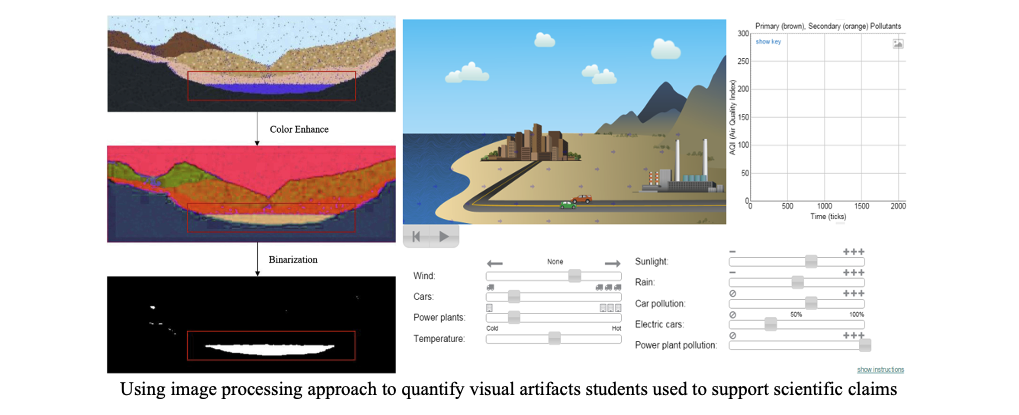
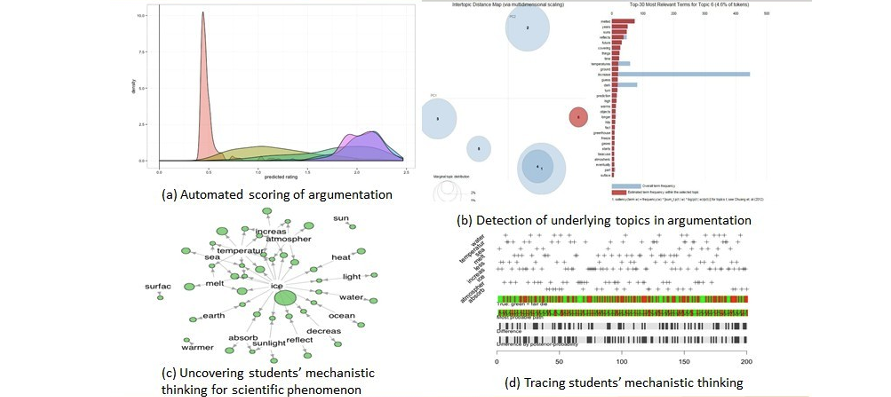
Relevant publications
- Xing, W., Lee, H. S., & Shibani, A. (2020). Identifying patterns in students’ scientific argumentation: content analysis through text mining using Latent Dirichlet Allocation. Educational Technology Research and Development, 68(5), 2185-2214.
- Pei, B., Xing, W., & Lee, H. S. (2019). Using automatic image processing to analyze visual artifacts created by students in scientific argumentation. British Journal of Educational Technology, 50(6), 3391-3404.
Writen scientific argumentation
Social Media Analytics
Social media has become an essential part of our life, providing opportunities for people to share, search, and connect. It has also changed the way how people learn. Various social media platforms have been used to supplement (in)formal learning and training, such as Twitter and Facebook. Social media is recognized for its features to contribute to learning and increase the sense of professional community, given its affordances of enabling learners to learn with and from each other in highly situational, dynamic and interactive environments. This project aims to understand how social media can be used to facilitate learning and how people learn on social media sites through big data analytics.
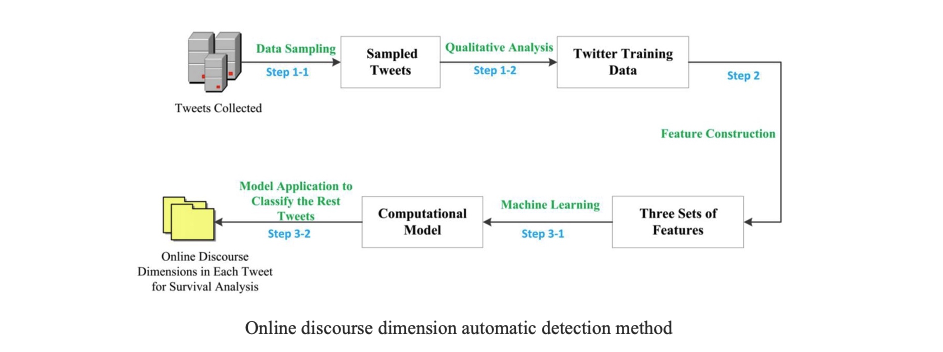
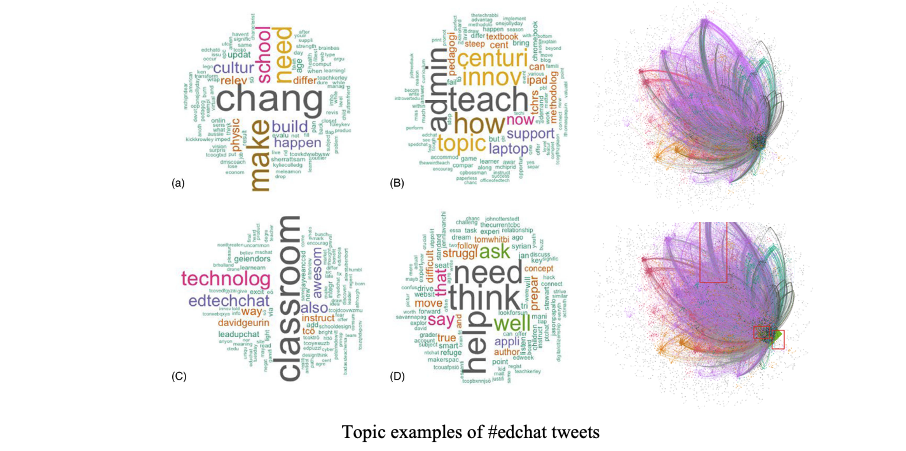
Relevant publications
- Chen, B., Chen, X., & Xing, W. (2015, March). " Twitter Archeology" of learning analytics and knowledge conferences. In Proceedings of the Fifth International Conference on learning analytics and knowledge(pp. 340-349).
- Xing, W., & Gao, F. (2018). Exploring the relationship between online discourse and commitment in Twitter professional learning communities. Computers & Education, 126(6), 388-398.
- Du, H., Nguyen, L., Yang, Z., Abu-Gellban, H., Zhou, X., Xing, W., ... & Jin, F. (2019, July). Twitter vs news: Concern analysis of the 2018 california wildfire event. In 2019 IEEE 43rd Annual Computer Software and Applications Conference (COMPSAC) (Vol. 2, pp. 207-212). IEEE.
- Arslan, O., Xing, W., Inan, F. A., & Du, H. (2022). Understanding topic duration in Twitter learning communities using data mining. Journal of Computer Assisted Learning, 38(2), 513-525.
- Du, H., Xing, W., & Zhu, G. (accepted). Mining Teacher Informal Online Learning Networks: Insights from Massive Educational Chat Tweets. Journal of Educational Computing Research.
Social Media Analytics
MOOCs
Massive open online courses (MOOCs) recently move into the center stage of the discourse. While MOOCs demonstrate the potential of using Internet to make education available to a broader base, the high number of enrollment and dropout for each course raise methodological difficulties for instructors to identify at-risk students and provide in-time interventions. To some extent, scaling up learning in MOOCs can be considered as a sacrifice of pedagogical support. It is almost impossible to offer the same support quality in a class of five thousand as in a class of fifty. Although a major portion of participants dropping out either are unable to engage in the course activities at all or dropping out after the first week of participation, a large fraction of participants persists in the course longer but then drop out along the way. It suggests that there are learners who are struggling to stay involved. Identifying this particular portion of struggling students and supporting their participation may become the first low hanging fruit to enhance the success of the MOOCs. In this project, we explore a series of strategies through data mining to understand how to better support MOOC learners through analytics and AI.
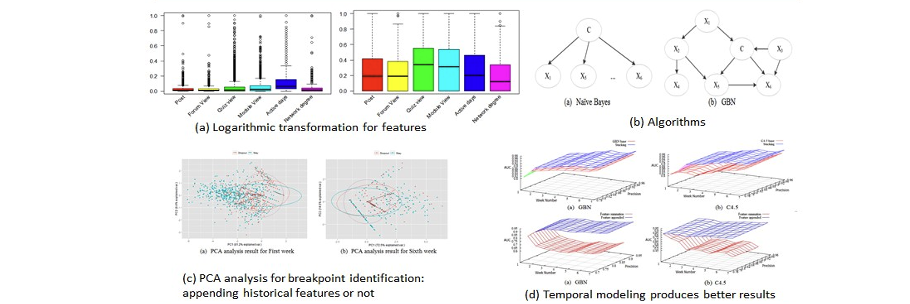
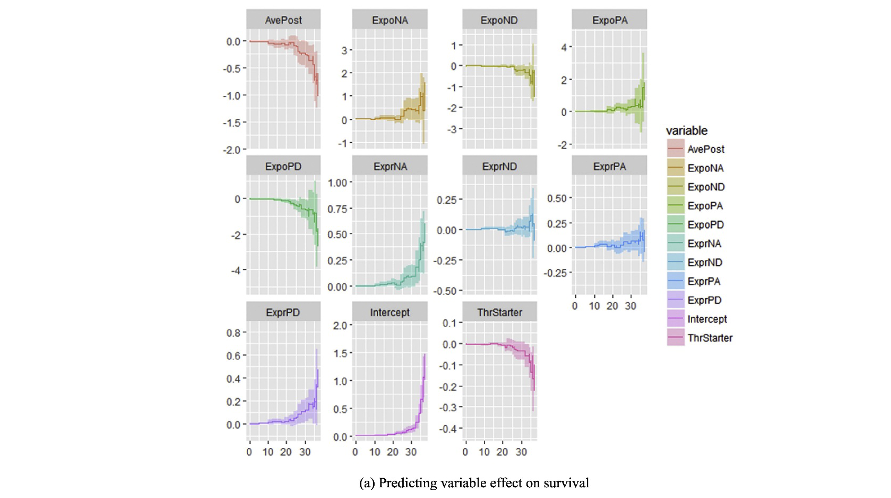
Relevant publications
- Liu, B., Xing, W., Zeng, Y., & Wu, Y. (2022). Linking cognitive processes and learning outcomes: The influence of cognitive presence on learning performance in MOOCs. British Journal of Educational Technology.
- Tang, H., & Xing, W. (2022). Massive open online courses for professional certificate programs? Perspectives on professional learners’ longitudinal participation patterns. Australasian Journal of Educational Technology, 38(1), 136-147.
- Xing, W. (2019). Exploring the influences of MOOC design features on student performance and persistence. Distance Education, 40(1), 98-113.
- Tang, H., Xing, W., & Pei, B. (2018). Exploring the temporal dimension of forum participation in MOOCs. Distance Education, 39(3), 353-372.
- Xing, W., Chen, X., Stein, J., & Marcinkowski, M. (2016). Temporal predication of dropouts in MOOCs: Reaching the low hanging fruit through stacking generalization. Computers in human behavior, 58, 119-129.
MOOCs
Online Learning Analytics
This project is partly funded by PSU Center for Innovation in Online Learning. Online learning has become increasingly important in digital era. However, there are a lot of concerns and questions in online learning processes, such as difficulties in monitoring students’ learning processes, the high dropout rates, and providing personalized and timely interventions for students. We have been working on building effective, interpretable, and transferrable early prediction models for online learning, and we also connected learning theories with computational methods to model online learning processes to understand students’ behavior and progress in a much granular scale to advance the basic understanding of students’ online learning processes.

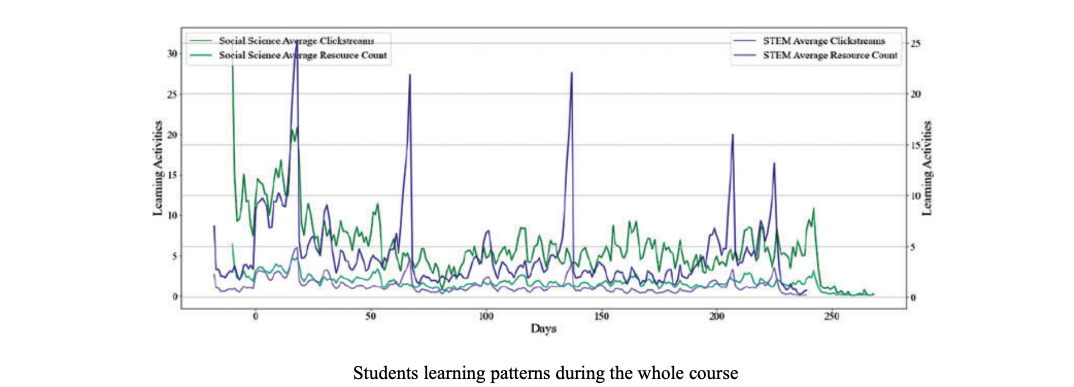

Relevant publications
- Xing, W., Du, D., Bakhshi, A., Chiu, K. C., & Du, H. (2021). Designing a Transferable Predictive Model for Online Learning Using a Bayesian Updating Approach. IEEE Transactions on Learning Technologies, 14(4), 474-485.
- Pei, B., & Xing, W. (2021). An Interpretable Pipeline for Identifying At-Risk Students. Journal of Educational Computing Research, 07356331211038168.
Online Learning Analytics
Teaching Teamwork
Teaching Teamwork is a NSF ATE funded project to help to teach students of electronics how to work effectively in teams. We monitored students’ actions as they work together, analyze the data produced, and report on the performance of each individual student, as well as that of the team as a whole. Analysis is informed by various learning sciences frameworks through data mining to describe sequential sequential interactions of the data from teams captured. The data comprise actions, such as the modification of a circuit, measurements made with simulated test equipment, and written or oral communications. Patterns of actions are found that serve as markers for effective collaboration. This project yielded information regarding effective methods to assess both individual and team effectiveness for students participating in online collaborative laboratories. The information learned can apply to the teaching and assessment of collaborative problem-solving skills generally and are not restricted to the field of electronics. Check out the Teaching Teamwork Live System.
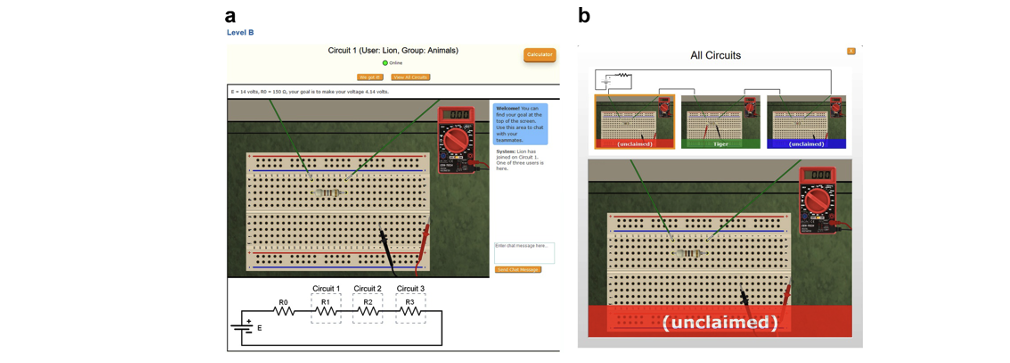
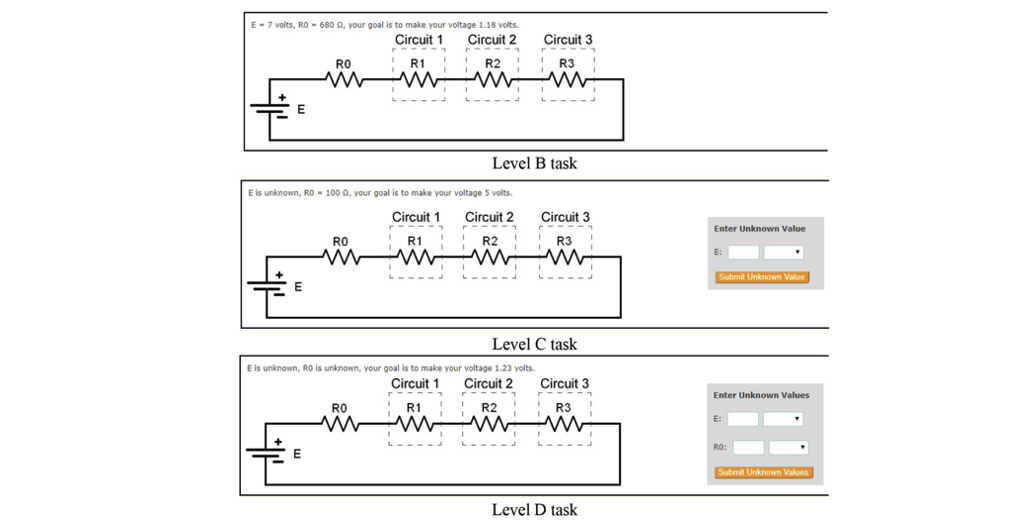
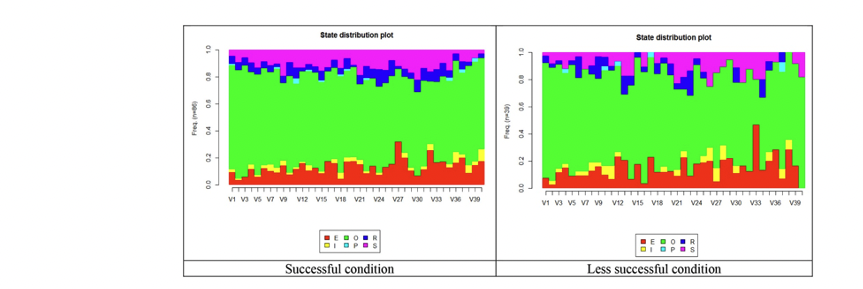
Relevant publications
- Zheng, J., Xing, W., & Zhu, G. (2019). Examining sequential patterns of self-and socially shared regulation of STEM learning in a CSCL environment. Computers & Education, 136, 34-48.
- Xing, W., Popov, V., Zhu, G., Horwitz, P., & McIntyre, C. (2019). The effects of transformative and non-transformative discourse on individual performance in collaborative-inquiry learning. Computers in Human Behavior, 98, 267-276.
- Zhu, G., Xing, W., & Popov, V. (2019). Uncovering the sequential patterns in transformative and non-transformative discourse during collaborative inquiry learning. The Internet and Higher Education, 41, 51-61.
- Tang, H., Arslan, O., Xing, W., & Kamali-Arslantas, T. (2022). Exploring collaborative problem solving in virtual laboratories: a perspective of socially shared metacognition. Journal of Computing in Higher Education, 1-24.
Teaching Teamwork
Virtual Math Teams
Virtual Math Teams with Geogebra (VMTwG) is a NSF DRK-12 funded project to design, develop, and test a cutting-edge online collaborative learning environment where students and teachers solve mathematical problems and communicate their thinking with others. I worked as a graduate research assistant on this project. VMTwG system allows for small group interactions among students by breaking larger classes into small teams. In this, however, it becomes difficult for teachers to be able to personally guide and facilitate collaboration between students in a timely manner when facilitation would mean observing and responding to multiple groups of students each working at the same time but in different activity spaces. Using only the electronic trace data (automatically logged by VMTwG), I proposed a methodology combined activity theory, group cognition, complexity theory with computational modeling for an automated and meaningfully grounded assessment of student and group performance, It can also predict student and group performance before the collaboration ends. This analytics tool enables teachers to offer timely, concrete, and personalized help to students. Check out VMTwG Live System.
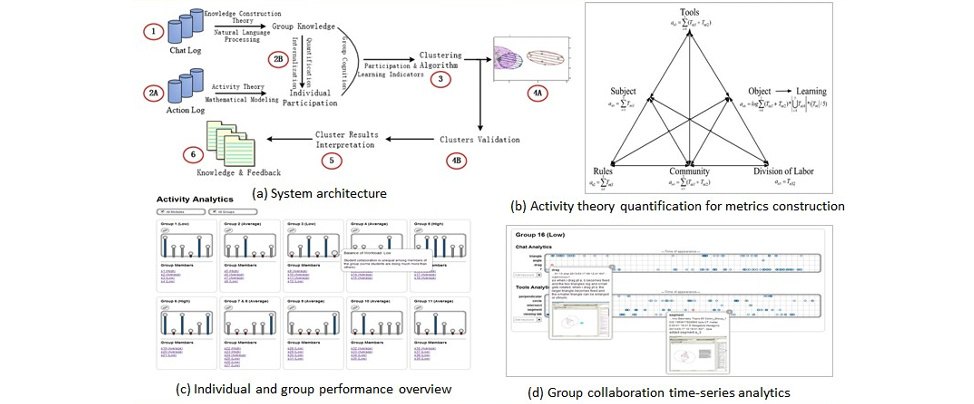
Relevant publications
Check out the papers published in Computers in Human Behavior, Educational Technology & Society, Journal of Universal Computer Science, and ACM Learning Analytics and Knowledge.